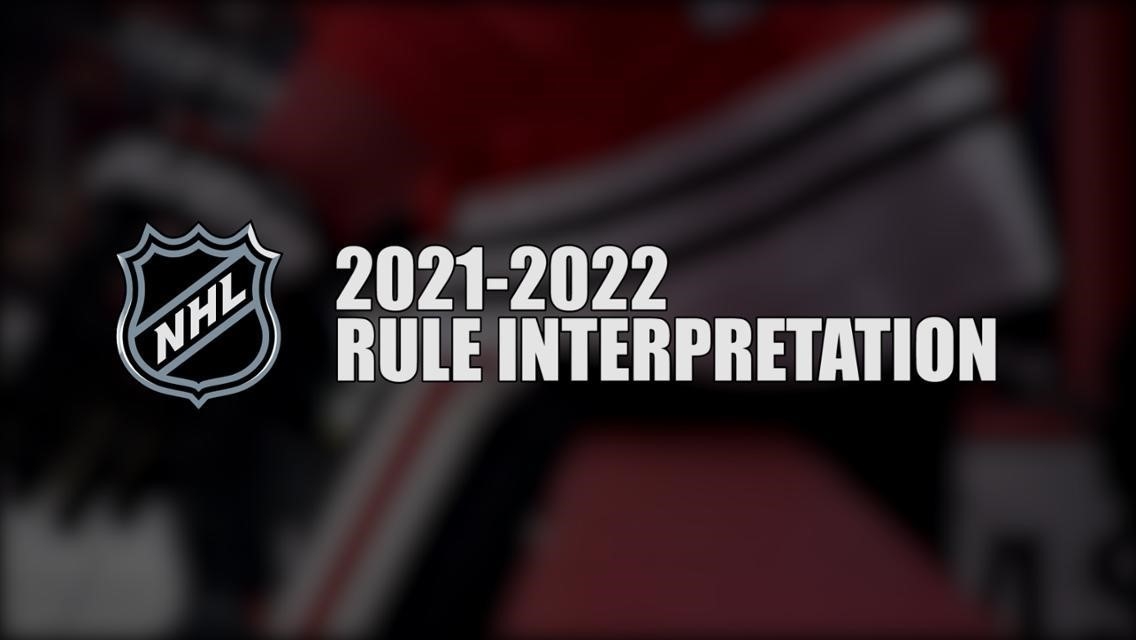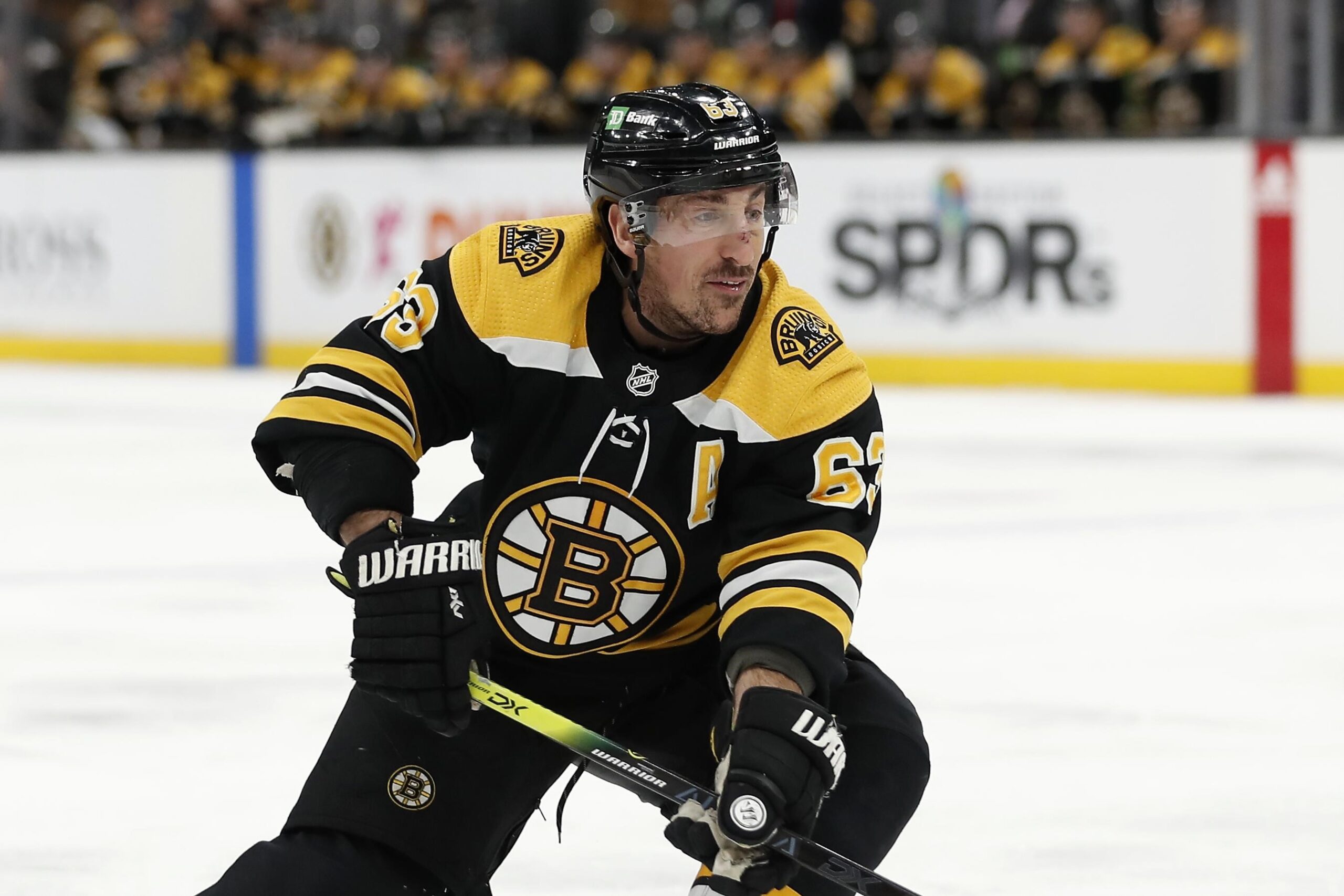Hockey is a sport defined by tough-guy physicality, but the NHL has announced they are now worried about slashings and other minor infractions.

Whether it’s from above or below, the game’s violence will continue with a wink and nudge because people in positions of power fail to enforce long-standing rules. The record on how fines are truly dispensed tells us whether this issue has been addressed at all-in other words.
We all know how important it is to win the puck. But what happens when you take a penalty? Well, in this project we decided to find out by tracking data on fines and suspensions from recent seasons! Ready for some insights about who gets penalized most often? Keep reading.
Frequent Infractions
The NHL has a new focus on violence. So far this season, there have been eight interference suspensions due to acts of brutality that range from minor infractions all the way up to more severe cases where illegal checking can cause bodily harm and even death! Some examples include Raffi Torres delivering one blow with his head against Jakob Silfverberg’s shoulder during a game last year which resulted in 41 games being suspended by fans everywhere.
There are many ways to get in trouble on the ice, but one of the most common is embellishing or diving. The NHL has issued 18 fines for this during seasons 2015/16 and 2016/17 alone! Some people think that it’s because league officials watch out for these types of behaviours more than others – while others complain its just tactical playing by teams who want their players suspended so they can win games at any cost (even though those same individuals could be seen doing similar things without punishment). Crosschecking got two $200 dollar citations; roughing led with three-$500 mandated payments.

Fines by Franchise
There are many reasons to hate the Flyers, but it’s hard not when they’re constantly gifting you with dirty plays. Radko Gudas has been one of their most notorious players for years now and yet he still somehow manages to get suspended! What other team can boast about six-game Lengthy suspensions? Boston or Washington might be a close second-they each sit atop this list thanks in part to some meritous punishments against them too I’m sure you’ll agree.
The NJ Devils players were forced to part with their cash on six occasions over the two seasons analyzed, which was twice as high as any other team. This is owed largely because of Bobby Farnham’s theatrics- he committed multiple diving offences that resulted in fines being imposed by officials for Toronto and Washington too!
Paying for the Penalty
Player suspensions have a significant financial impact on players, with fines requiring explicit payments but suspension typically putting hurt much greater than those received in arbitration. For example, Montreal Canadians forward Dennis Wideman was suspended for 10 games after abusing an official last year which cost him over half a million dollars (555k). The second largest lost earnings hit came from Vancouver Canucks player Raffi Torres who missed out on more than 440K during his 41-game banishment just months ago!
In what seems like an endless cycle, Gabriel Landeskog pays the third-largest price for his misdeeds while cross-checking in Colorado Avalanche captain. He lost more than $263 thousand dollars worth of salary due to suspensions from this conduct and it didn’t curb any appetite he may have had either; just last November 2017 we saw him rack up another four-game suspension after incurring penalties multiple times throughout Hockey Season 2015 – 2016 season where he was accused by Toronto Maple Leafs Center Nazem Kadri who also got caught diving under the rules.
The Bill for Broken Rules
The NHL has been cracking down on dirty players this season, and it looks like no one is safe. After Brad Marchand was Followed by Nazim Kadri who both had their fines increased for inappropriate conduct in addition to the diving discussed earlier; followed shortly after Tyler Myers took issue with how he’s being characterized as fond of cross-checking – all three are atop our rankings!
The NHL has been cracking down on the dangerous play in recent years, with fines reaching up to $3 million. However, the average annual salary of players is close enough that these measures seem minor at best according to many critics who say they cannot dissuade teammates from engaging in risky behaviour. Fines for diving or embellishment generated by far their greatest number of penalty minutes over this period studied (5% total; 3 per team), though none reached ten thousand dollars despite being maximally allowed under current Collective Bargaining Agreement rules – which some suggest should be increased given how often offenders rely heavily uponsticks.
Playing Nice on the Ice
Hockey is a contact sport, and even when players are cautious about crossing the line into illegal territory there’s always going to be some kind of punishment for their actions. The NHL has been getting more friendly with finesse enforcers becoming less popular among fans who prefer hard-hitting fundamentals instead; however our data shows that those types don’t seem deterred by stricter rules – they just find other ways around them!
We know that some of you like to let loose a little in your own life without any risks, and we’ve got just what will help! With expert reviews for all types of gambling including bonus offers from top sites like OnlineGambling.ca., NowYouKnow managed betting services can be more fun than ever before – so go on; bet away!!
Methodology
The following is a breakdown of suspensions by season. 2015-16: Martin Hanzal (5), Antti Niemi(4). 2016 – 2017 Season so far, there have been eight player suspensions including Dallas Stars’ forward Rich Peverley who was handed an automatic 10-game ban after testing positive for impaired driving while his vehicle wasn’t even licensed to be driven on public roads!
The following is a list of interesting claims based on the data collected so far. While these findings are intriguing and worth watching, future researchers should approach this topic more rigorously in order to confirm or deny their validity as well as explore other possible explanations for those results.
Fair Use Statement
Please feel free to use or share our findings and images for noncommercial purposes. We hope you’ll attribute us fairly, but it’s a rule violation in our book if credit isn’t given when using these materials improperly!
